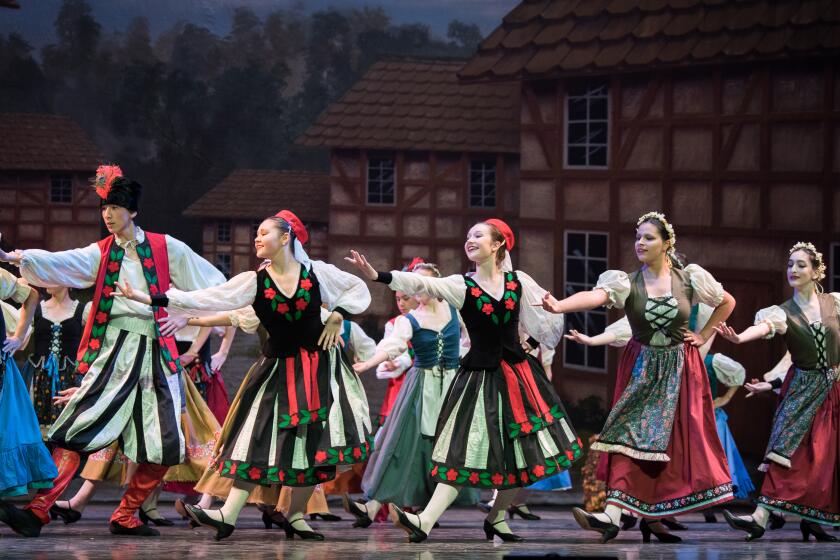Palomar College proceeding with campus in Rancho Bernardo
Palomar College plans to begin renovations on its Rancho Bernardo campus property next year so it can commence classes there in fall 2017.
Officials have started the environmental impact process on the satellite campus, five years after the district purchased a 27-acre parcel that includes a 110,000-square-foot building and parking garage.
Locals have until Sept. 17 to participate in the creation of the draft environmental impact report, where they can express their concerns about the site, at 11111 Rancho Bernardo Road, across the street from the Westwood neighborhood.
They can comment on any of eight categories — transportation and traffic, aesthetics, air quality, biological resources, greenhouse gas emissions, hydrology and water quality, noise and paleontological resources, said Laura Gropen, Palomar College spokeswoman.
Comments can be submitted to Dennis Astl via email at dastl@palomar.edu or by postal mail, addressed to Dennis Astl, Palomar College, 1140 W. Mission Road, San Marcos, CA 92069.
On Aug. 26, an EIR public scoping meeting for the Rancho Bernardo site was held at the Poway Library for agencies involved in the process, Gropen said.
This is the first of four steps required in the California Environmental Quality Act (CEQA) process, which determines what impacts the college’s plan could have on the environment and surrounding neighborhood, which in this case is Westwood. It is across the street from the site’s sole entrance.
Gropen said the EIR’s notice of preparation 30-day public comment phase will close on Sept. 17. Then officials will prepare and publish a draft EIR, which will include a 45-day public review period and community forum.
The forum will be held from 6:30 to 8 p.m. Wednesday, Oct. 28 in the Mt. Carmel High School gym, 9550 Carmel Mountain Road in Rancho Penasquitos. Gropen said attendees can learn more about what the satellite campus will offer, but not specific classes.
Following this second phase, officials will prepare and publish the final EIR, which will include responses to comments on the draft EIR, plus any corrections or additions to the draft. The final EIR will then go before the Palomar Community College District Board for approval, probably by January 2016.
Gropen said once it opens, the satellite campus will be able to serve up to 1,000 full-time equivalent students, offering courses related to Palomar’s mission to prepare students for transfer to a four-year college, to learn basic skills and for career technical education.
Palomar College, a two-year community college, has its main campus in San Marcos and has around 30,000 full- and part-time students, according to its website. To serve students in the district’s southern portion, it offers classes at Mt. Carmel High School in Rancho Penasquitos.
When purchased for $38.3 million in June 2010 the site had one 110,000-square-foot office building and a parking garage, and was zoned to have two more 110,000-square-foot buildings.
Gropen said the existing building is a shell and needs extensive renovations to construct classrooms and faculty offices, along with a food area, bookstore, instructional labs and student support services. Palomar officials do not plan to construct the other two allowed buildings at this time, but do plan to add a 1,000-square-foot freestanding campus police facility, a 238-foot long interior looped road around the property, walkways and landscaping.
She said the delay in opening the satellite campus was due to funding. While the $694 million in Proposition M bonds voters approved in 2006 can go to purchasing property and renovations, it cannot be used to provide classes or hire staff. Due to funding recently becoming available, including savings when some employees took early retirement, Palomar can now move forward with the Rancho Bernardo location.
Once it opens, Gropen said Palomar will likely discontinue classes at Mt. Carmel.
According to Gropen, this project does not have to go through the typical review process since it is for an educational facility. For example, it does not need approval of the Rancho Bernardo Planning Board.





